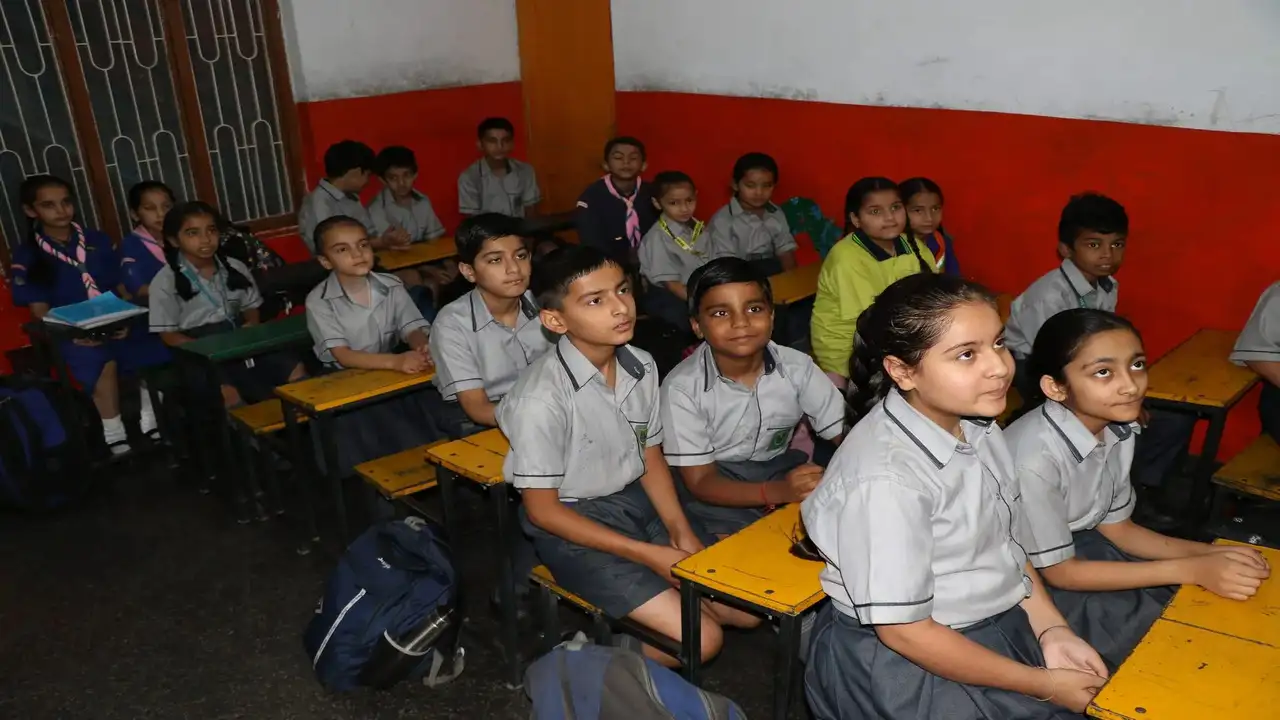
DiYES International School – CBSE Introduces Sugar Education in Schools as a new step to promote healthy eating habits. Excess sugar consumption among children has become a growing concern. This initiative aims to reduce lifestyle diseases caused by high sugar intake. Schools will now have “Sugar Boards” to educate students about sugar’s dangers. The campaign seeks to create awareness and encourage better food choices early on.
Children today consume more sugar than recommended by health experts. Excessive sugar intake leads to obesity, diabetes, and dental problems. Many kids don’t realize how much sugar is hidden in everyday foods and drinks. Schools play a crucial role in shaping lifelong habits. Educating children about sugar helps prevent future health risks. Parents and teachers often find it hard to communicate these dangers effectively. The Sugar Boards provide a simple and clear message on sugar content and healthy alternatives. This education empowers students to make informed decisions about their diet.
“Read about: Unvaccinated and Vulnerable: The Return of Preventable Diseases Among Children”
The Sugar Boards will be displayed in school cafeterias and common areas. They show sugar levels in popular snacks and beverages visually. Students can easily see how much sugar is in their favorite foods. The boards use graphics and color codes to highlight safe and unsafe sugar quantities. Teachers will incorporate lessons on sugar’s effects into science and health classes. Interactive activities will help students track their daily sugar consumption. The initiative encourages peer discussions and involvement to sustain interest. Schools will also organize workshops with nutritionists to deepen understanding. Overall, the boards aim to make sugar education fun and impactful.
“Read more: Global Momentum Builds: Anti-Trafficking Efforts Surge in May 2025”
Students will develop awareness of sugar’s negative health impacts. This knowledge will help them reduce sugary food and drink consumption. As a result, healthier eating habits can become the norm in school environments. The program also supports parents by providing educational materials for home use. Schools will foster a culture of wellness and preventive health care. Children will learn to identify healthier snack options and avoid sugary temptations. Long-term, the initiative hopes to lower rates of childhood obesity and diabetes. Schools can become active partners in combating lifestyle diseases. The Sugar Boards represent a proactive approach to public health education.
Implementing this program requires cooperation from school staff and students. Some children may resist changes to their eating habits initially. There is also a need for ongoing updates to keep the content relevant and engaging. However, the visual and interactive nature of the boards helps maintain student interest. The initiative provides opportunities for schools to integrate nutrition into other subjects. Community involvement can amplify the message beyond school grounds. Partnerships with health organizations can enhance resources and support. This policy sets a strong example for other educational boards to follow. Despite challenges, the program offers significant benefits for future generations.
Continuous monitoring and feedback will improve the Sugar Boards’ effectiveness. CBSE Introduces Sugar Education in Schools with this goal in mind. Schools can share success stories and best practices with each other. Technology integration may offer new ways to track sugar intake digitally. Student-led campaigns can increase peer engagement and leadership. Regular health check-ups can measure the initiative’s impact on student wellness. Collaborations with parents and local health experts will reinforce the message. The CBSE’s sugar education initiative aims to create lasting lifestyle changes. With sustained effort, healthier futures are achievable for schoolchildren across India.